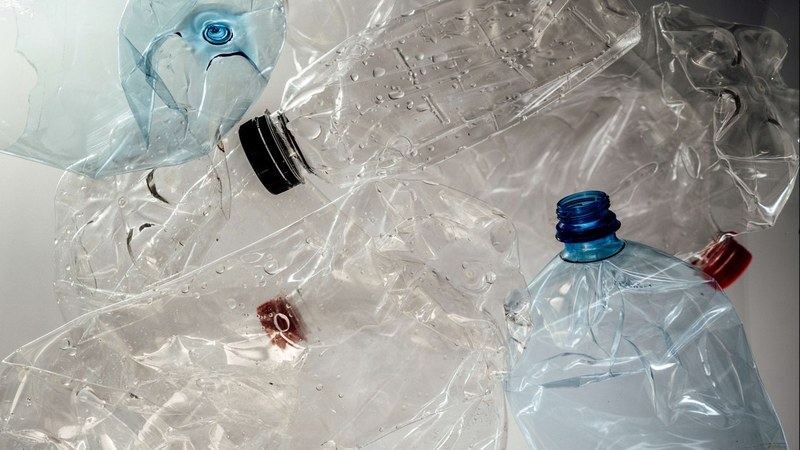Plastics have many useful applications, but the global production and consumption trends of these materials are currently unsustainable. Circular and sustainability practices throughout the lifecycle of plastics can help reduce greenhouse gas emissions, pollution and waste. According to a European Environment Agency (EEA) analysis, published today, many such good practice examples already exist and would need to be scaled up to enable a circular plastics economy in Europe.
Using plastics in a smarter way include reducing unnecessary packaging and single-use products, as well as more circular design that makes products last longer and easier to reuse and repair. Other examples to use plastics in a smarter way also already exist across Europe in the form of gear rentals, car and tool sharing and, for example, reusing crates and pallets in the food sector, the EEA briefing notes.
Increasing circularity requires longer use and reuse of products and better collection, sorting and recycling of plastics. Good practice examples include stores that offer to take back their own products at the end of product life-cycle, which can improve the quality of recycled materials or enable some type of reuse. The role of consumers is also critical in choosing what to buy and ensuring proper recycling. Overall, many European markets of recycled raw materials, including for mixed plastics, are not functioning well, according to a recent EEA analysis.
Increasing the use of renewable materials involves, for example, using more recyclable, biobased plastics, instead of relying solely on fossil fuels and their imports. According to the EEA briefing, increasing the use of renewable materials should focus on the second- and third-generation feedstocks that do not compete with food and feed production.
Businesses, policymakers and citizens can all contribute to more sustainable and circular plastics production and consumption, the EEA briefing concludes. There is vast potential in scaling up circular business models, strengthening policies, increasing demand for sustainable products, reducing unnecessary consumption and improving recycling.
A complementary report, ‘The fate of EU plastic waste’, by the EEA’s European Topic Centre on Circular Economy and Resource Use, investigates the dynamics of plastic waste trade within the EU and exports from the EU. The report demonstrates that EU plastic waste exports continue to decline and are concentrated in few receiving countries. Raising environmental concerns, case study results also indicate that plastic waste leaving the EU is of much lower quality than that traded within the EU, and that receiving countries often lack proper waste management infrastructure.












